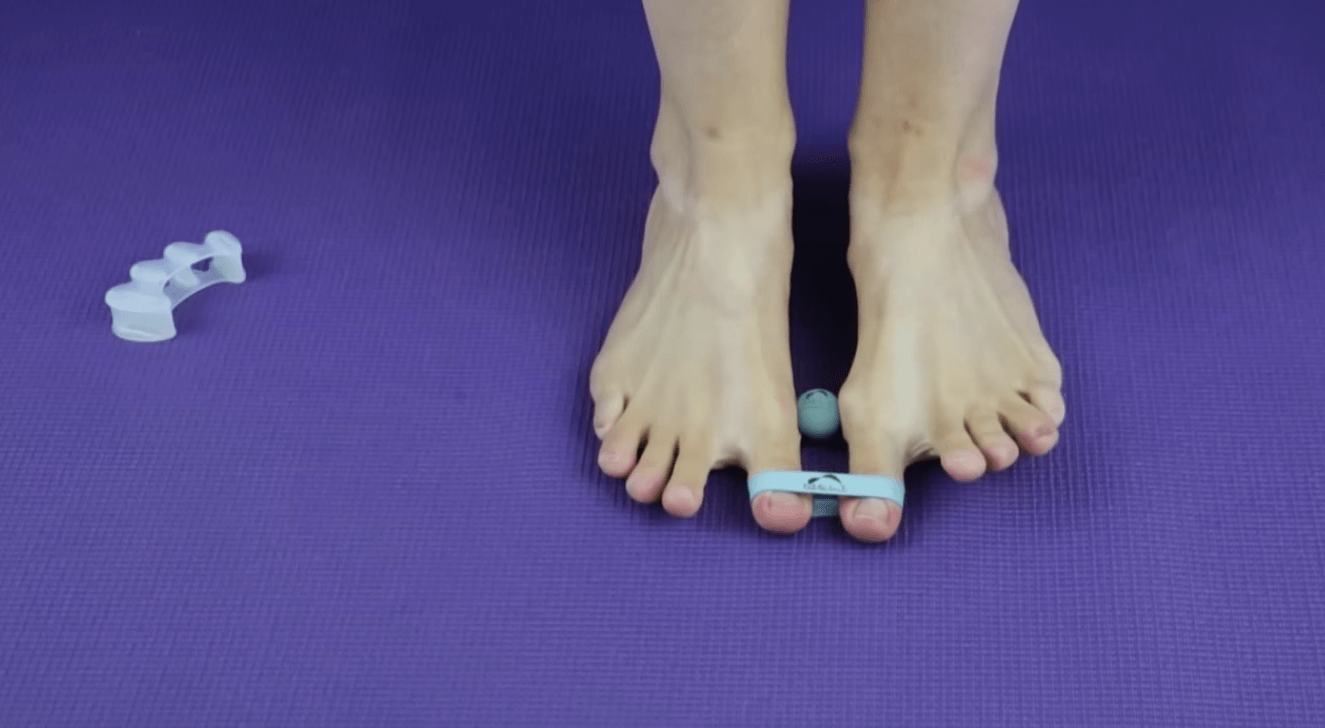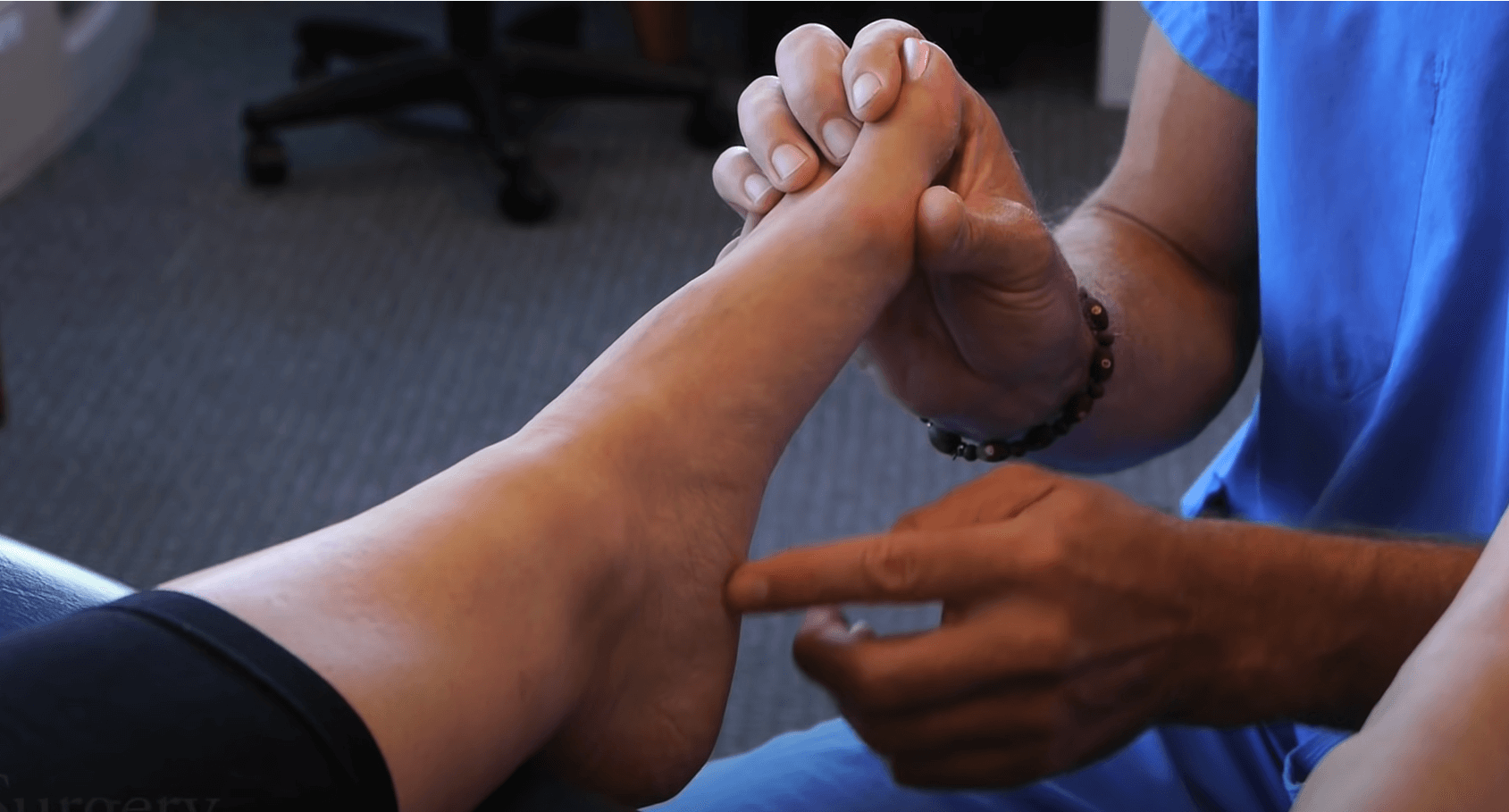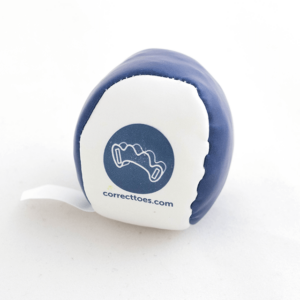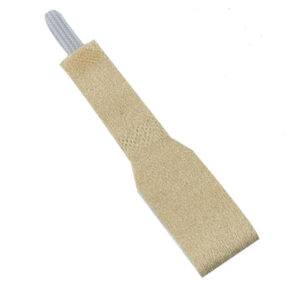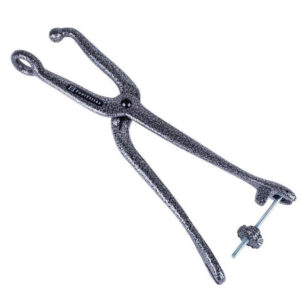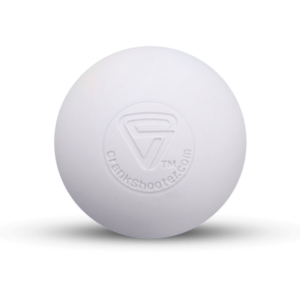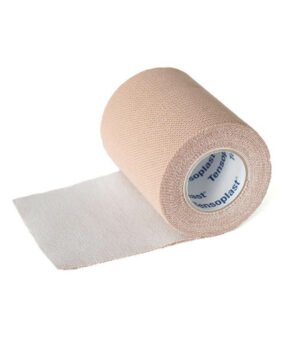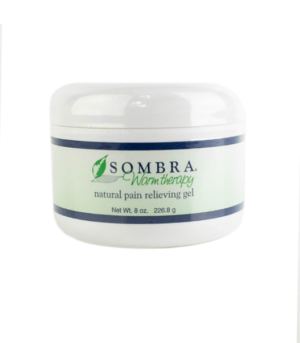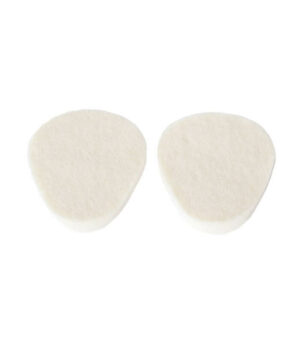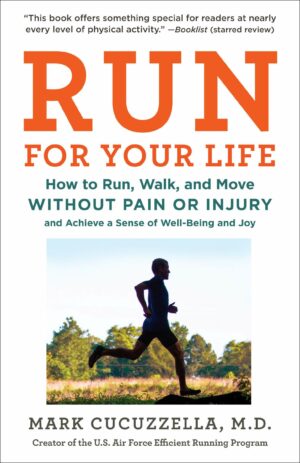The following quotes have been taken from Glen Ingram and Ray McClanahan’s article Treatment of Plantar Fasciosis. To read the complete article click here.
“Plantar fasciosis is an extremely painful disorder affecting 10% of the population at some point in their lives. (DeMaio, 1993).”
“Note the use of the term plantar fasciosis instead of plantar fascitiitis. This change in terms came about due to a study by Harvey Lemont, DPM. In his study, biopsies were taken of the plantar fascial ligament in patients with severe plantar fasciitis. The result was not the finding of inflammatory tissue, but of necrotic tissue. Lemont concluded that plantar fasciitis is not an inflammatory process but a degenerative process characterized by microtears and necrosis of the plantar fascial ligament and intrinsic flexor muscles of the foot at their attachments on the calcaneus. Hence, the disorder is better termed plantar fasciosis (2003).”
“One possible cause of necrosis and pain in the plantar fascial ligament is decreased blood supply to the area due to entrapment of the posterior tibial artery by the flexor retinaculum. When the first toe is held in adducted and extended position, the abductor hallicus pulls the flexor retinaculum and can restrict blood flow to the affected area. As blood supply is decreased to the sole of the foot, tissue in the foot begins to degenerate, with the fastest degeneration occuring in the tissue that sustains the most trauma. Athletes and people who stand for long periods of time on hard surfaces are most prone to plantar fasciosis. They also sustain the most trauma to the sole of the foot.”
“Most Americans spend most of their lives with their great toe in an adducted and extended position. Three features that are almost ubiquitous in modern footwear are responsible for this unnatural position: heels, toe spring, and tapered toe box.”
“The most important treatment for plantar fasciosis is getting the patient into a shoe that allows his or her foot to be in its natural position: heel flat and level with the forefoot, toes down against the support surface level with the ball of the foot and toes spread out. Such a shoe is flat, widest at the toe box, and has no toe spring. We also like to recommend shoes that are flexible throughout the entire sole.”
“…the toe extensor stretch … stretches the toes into plantar flexion at the metatarsal phalangeal (MTP) joints. It is most easily performed when sitting in a chair or stool. From this seated position, extend one foot back behind the body and place the dorsal surface of the toes on the floor. This should bend the toes at the MTP joint. Then plantar flex the foot fully by pressing the heel down towards the floor. The stretch should be felt along the dorsum of the foot and anterior lower leg.”
“The exercise that goes along with this stretch is simply walking and functioning in a flexible shoe as much as possible. Flexibility in a shoe allows the joint to bend during activity and the muscles of the foot to engage, especially the intrinsic flexors.”



